The colosseum & me
26 years ago for reasons i am not ready to write about i ended up by chance in one of the most beautiful cities in the world...ROME,ITALY! It was love at first sight and i immediately knew i had to do everything possible to remain. Fortunately i was able to, certainly not without paying a price but it was a sacrifice i needed to make. it hasnt been easy and it still isnt but i am glad i did .
One of the places that i fell in love with was the colosseum! to this date every night on my way back home from work at 3 or 4 in the morning i cannot help but slow down and be amazed at the beauty, history and magic of this amazing historical landmark.
Hope you all enjoy!
10 THINGS YOU MAY NOT KNOW ABOUT THE COLOSSEUM!
In 2007 it became part of the up-to-date list of the 7 wonders of the modern world, despite having lost more than a century on the street for centuries. Commissioned around 70-72 after Christ by the Emperor Vespasian as a gift to the Roman people, the Colosseum we see today does not represent 1/3 of the original building. But nevertheless it has never ceased to be the symbol of the long and tumultuous history of Rome, which continues to enrich mystery and curiosity.
Dimensions ... colossal
The Coliseum is an 189-meter-long elliptical building (100 meters less than Costa Concordia, ndr) and 156 meters wide, with an area of 24,000 square meters with a height of more than 48 meters. It has about 80 entrances and could accommodate 50,000 viewers.Work in progress.
To build it, it took little more than 5 years: from 75 to 80 d.C. Only 100,000 cubic meters of travertine were used for the outer wall.A name, a mystery.
At first it was called the Flavian Amphitheater (it was built by Vespasian and Titus of the Flavia dynasty, ndr). The name "Colosseum" came only in the Middle Ages: the most acclaimed theory is that it is called because it was built near the statue of the "colossus" of Nerone, which stood just a few meters from the amphitheater. Others say it derives from the position, because it would rise on a hill where once was a temple of Isis (from which Collis Isei). But there is also a black legend that it used to be a pagan temple, where the devil was worshiped. And at the end of each ceremony the priests asked the adepts: "Colis Eum?" ("Ador him?").Without the Coliseum there would not be many historic buildings.
The marble of the façade and some internal parts of the Colosseum were used for the construction of the Basilica of St. Peter and also for civil buildings such as Palazzo Barberini. Fallen into abandonment, for a long time the amphitheater was used as a source of building materials. So until the 18th century, when the love for the ancient vestiges of Rome returned. It is estimated that over the course of time only one-third of what was the original construction remained.Historical movie? No, horror.
At the time of the gladiators, the Colosseum gained a fame left until it was considered one of the 7 doors of hell (tens of thousands of people died). It is said that on the spot propitiatory rites were kept, using the same blood of the dead in the arena. In the Middle Ages, then, bunches of brigands used it to bury the victims. And in the year 500 was targeted by wizards and sorcerers who seemed to appreciate the herbs by the magical powers that grew out of their ruins.It's a bit like the jungle.
Strange but true: for a few centuries botanical experts have studied the flora grown spontaneously within the Coliseum. More than 350 different species of plants have roots in the ruins, some of which are of exotic origin and whose growth would be favored by the microclimate of the amphitheater.It was also used as a swimming pool.
Inside for a time there were also nauromachies, representations of naval battles in the water but did not have the same success of the games with the gladiators. According to Martin Crapper, Civil Engineering and Environmental Engineer at the University of Edinburgh, the water flowed through a series of inner wells and piping below the stands. To fill up the entire arena it took about 7 hours.... And covered by a large solar tent.
On sunny days, the Coliseum was covered with a veil of about 80 triangular sails, controlled by 320 ropes of support. The reason why it is easy to guess: avoiding the insolation of viewers during midday performances.In cinemas.
It was the set of numerous films. But it has not been filmed at the Colosseum for the film that has celebrated its fame all over the world: the Gladiator. A series of shots have in fact prompted director Ridley Scott to shoot some scenes in the Roman amphitheater of El Jem in Tunisia and reconstruct one in Malta, where it was made in 19 weeks and only partly: the bulk was recreated on the computer.New, indeed old, look.
At the end of September, the preparation phase should end and it will be possible to begin restoring the façade of the Coliseum, which, cleaned by smog, will return to the shining white of the travertine. The estimated cost of the transaction, sponsored by Tod's, is 25 million euros.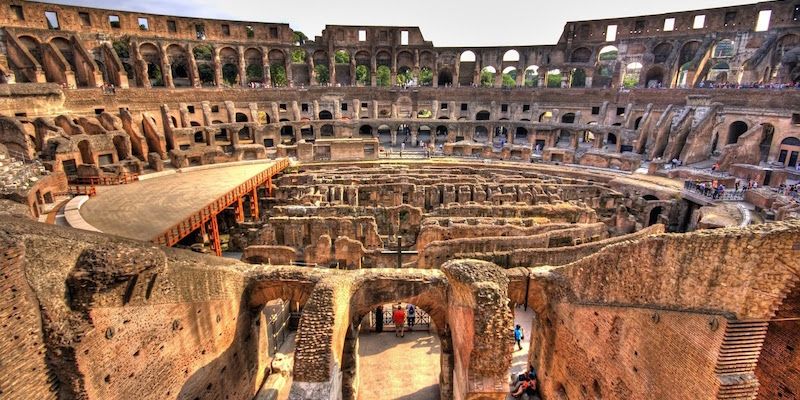
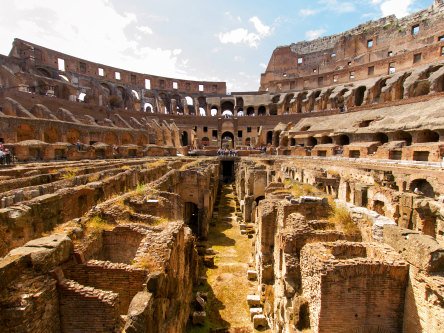
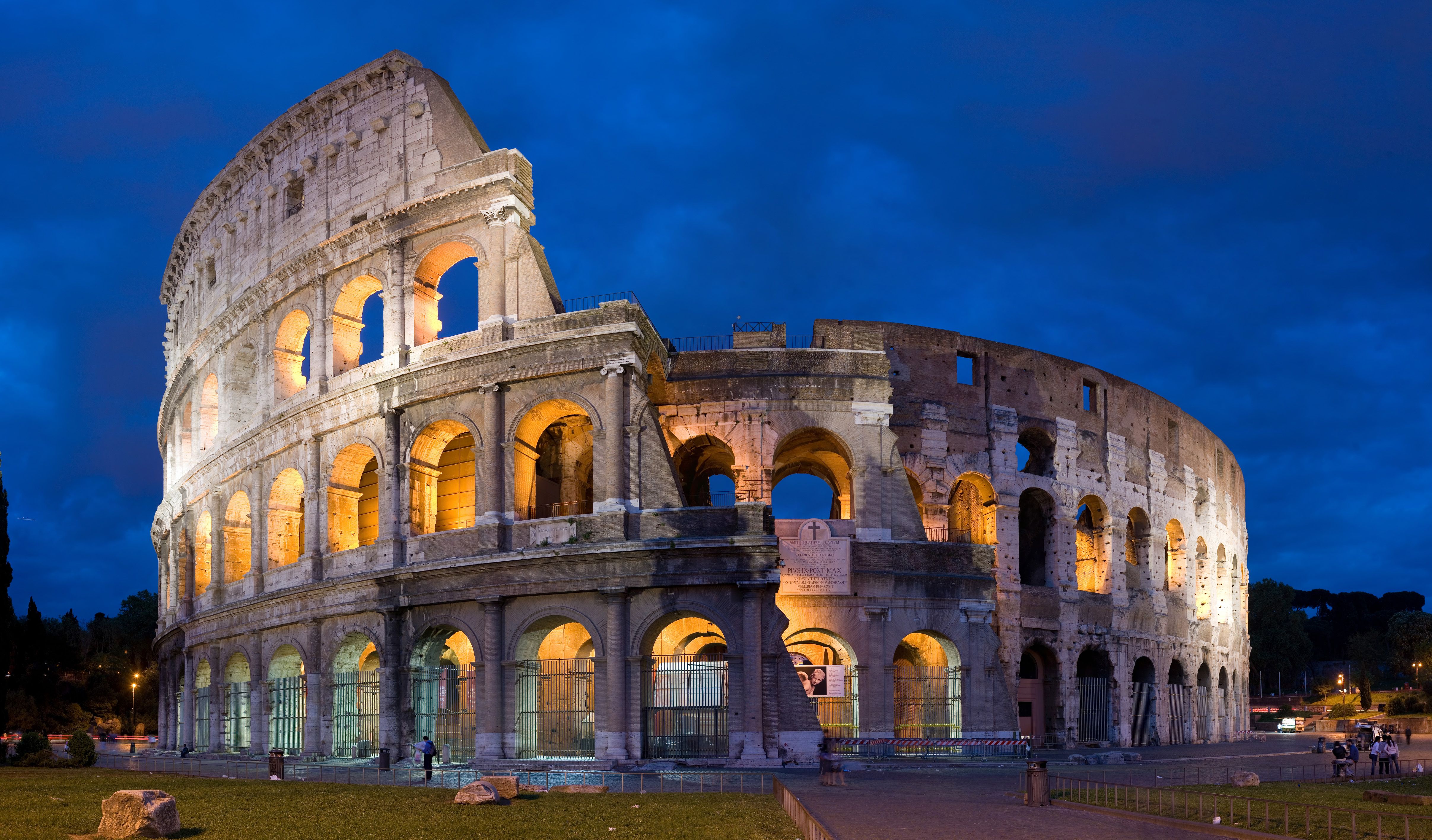
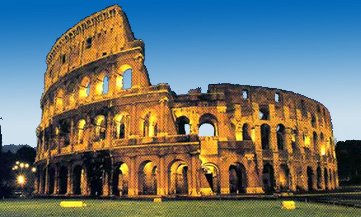
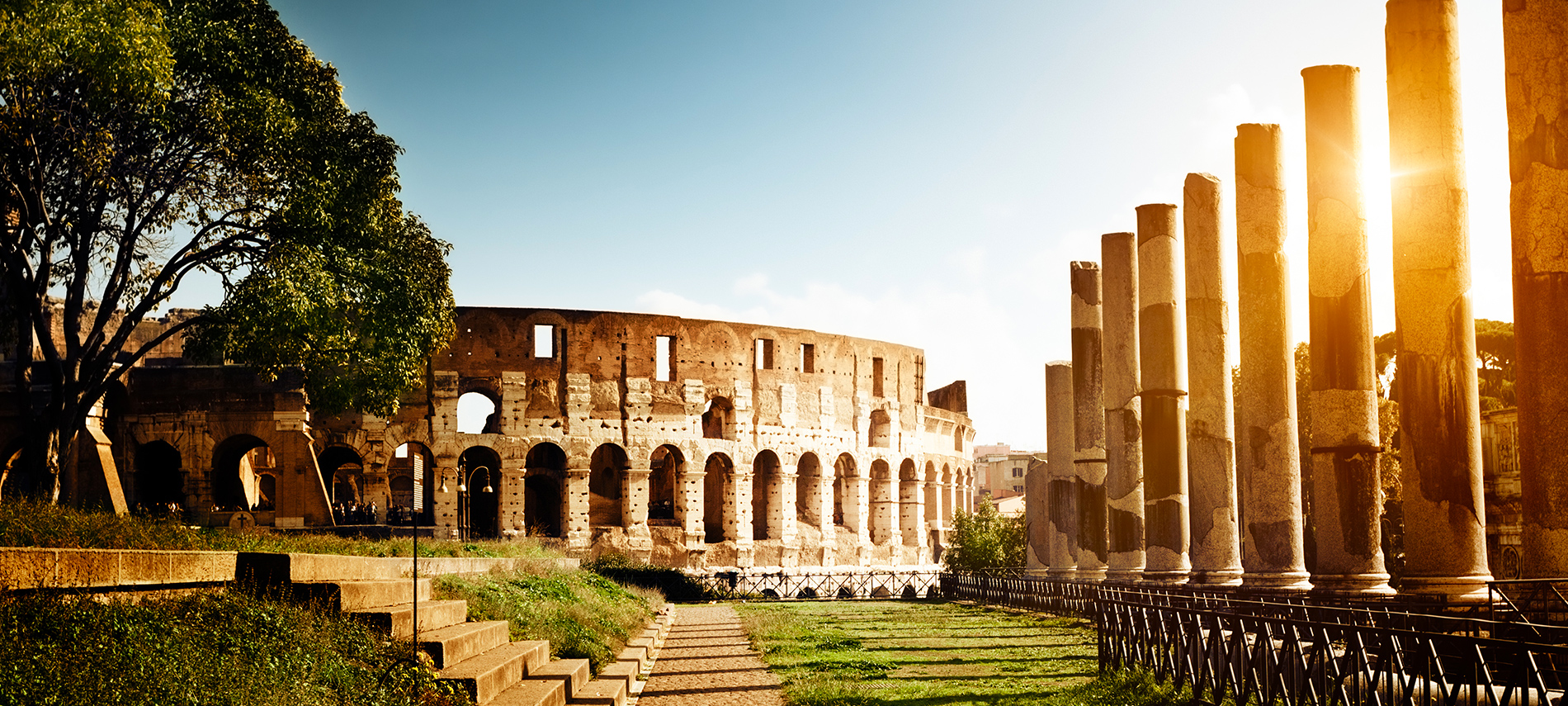
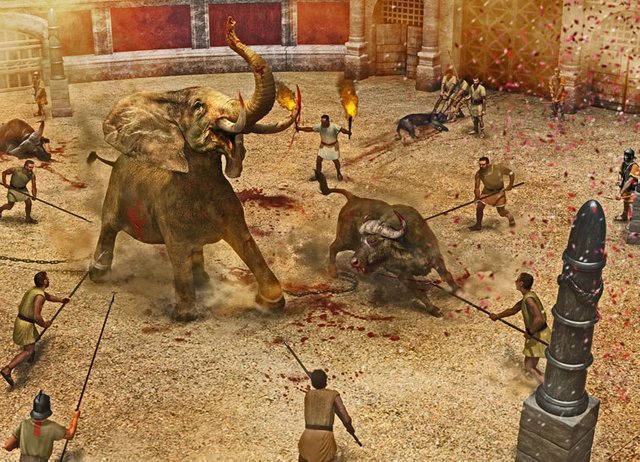
awesome
AN ABSOLUTE WORLD TREASURE